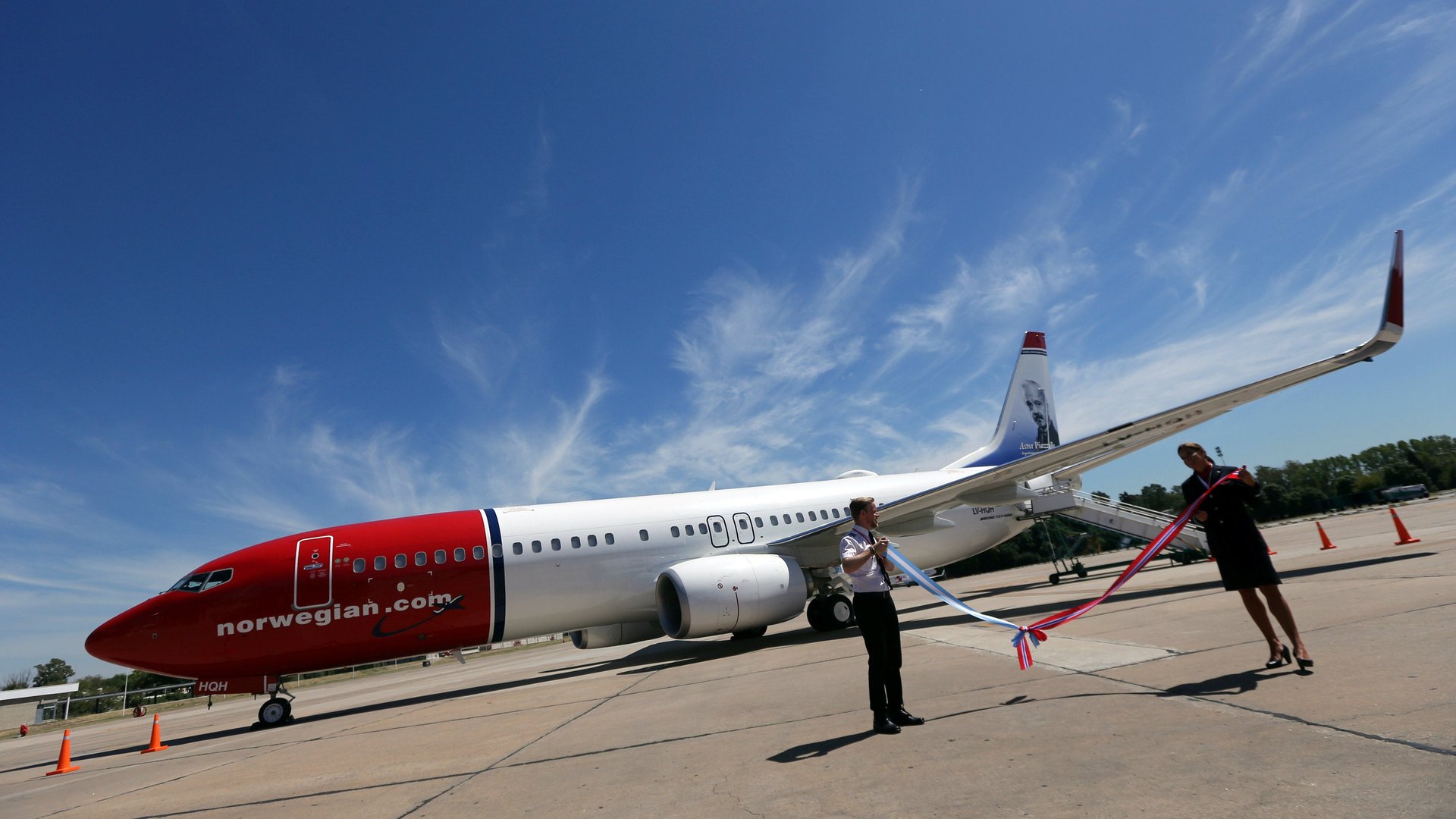How will airlines work around the Boeing 737 Max groundings?
After a four-day international aviation crisis, the Boeing 737 Max is no longer in the skies.


After a four-day international aviation crisis, the Boeing 737 Max is no longer in the skies.
With the black box from Sunday’s Ethiopian Airlines crash now in the hands of authorities, there will be a waiting period until we know the verdict. If a link between October’s Lion Air crash in Indonesia and Sunday’s tragedy is found, it will likely be a while before the 737 Max is deemed fit to fly once again.
That raises the question: How will airlines accommodate the thousands of passengers who were booked on flights meant to be serviced by the 371 grounded aircraft?
The answer varies—but on the whole, it won’t come cheap for airlines.
There will, of course, be some cancellations, especially in the immediate aftermath. But thus far, The Points Guy reports, American airlines who operate the Max (Southwest, American, and United) have been proactive in notifying customers, and rebooking them at minimal inconvenience and no additional cost.
Fortunately, the grounding comes at a time when airlines tend to have a bit of breathing room in their fleets, so the likes of Southwest Airlines (which has 34 of the aircraft, which it notes is less than 5% of its total fleet) may be able to service flights with alternative planes. (Had the grounding happened at the height of the midsummer travel period, this might not be the case.) It’s also worth noting that the older variants of 737 (the 737-700s, -800s, and -900s ) are not affected by the grounding, as they don’t have the anti-stall software system in question installed.
Another tactic to avoid cancellations is to increase the hours per day an aircraft flies, something Southwest has used in the past. This strategy is suitable for the Max, which generally services short-haul routes that run multiple times per day.
Norwegian Air, which has 18 Max 8s in its fleet, announced this week that in addition to “combining flights, relocating aircraft, and booking customers to other departures” it will service its transatlantic Dublin to Stewart, New York route with a spare 787 Dreamliner. The squeeze comes at a tough time for the low-cost, long-haul carrier, which undertook a costly leasing operation throughout last year while it repaired the engines of its Boeing Dreamliners. In a video statement on the airline’s website, CEO Bjørn Kjos said it will be passing the bill for this upset on to Boeing.
Speaking of leasing, that’s another option, albeit a costly one. Airlines that have neither slack in their fleet nor the ability to extend aircraft hours can “wet-lease” planes from third-party providers. This involves leasing not just an aircraft, but also crew, insurance, maintenance, and amenities. It also means that passengers who expect a certain seat or entertainment system may be surprised to find an entirely different configuration when they climb on board their flight. One provider, Titan Airways, said it (paywall) had already fielded requests from European airlines this week.
Read more of Quartz’s coverage of the Boeing 737 Max crisis.